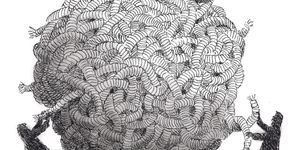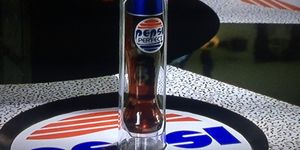You Can Now Look At Over 10,000 HD Photos From NASA's Apollo Missions
NASA astronauts took thousands of photographs while they were in outer space during the Apollo Moon missions, but only a handful ever made it to the public. The head of the Apollo missions, Kipp Teague, wanted the world to be able to see the fascinating world beyond ours.
As a result, Teague decided to do something about that.
Since NASA had seen harsh budget cuts, it wasn’t really in the space agency’s abilities to publicly post all of the photographs that were taken, so Teague made it is own personal agenda and has published over 10,000 photographs from the missions in an archive that can be looked at on Flickr, an image service offered online for free by Yahoo.
"Around 2004, Johnson Space Center began re-scanning the original Apollo Hasseelblad camera film magazines, and Eric Jones and I began obtaining TIFF (uncompressed, high-resolution) versions of these new scans on DVD," Teague told The Planetary Society. "These images were processed for inclusion on our websites, including adjusting color and brightness levels, and reducing the images in size to about 1000 dpi (dots per inch) for the high-resolution versions."
The photographs range from pictures of Earth, to pictures of the moon, to pictures of space equipment, to pictures of the astronauts themselves. In the archive, you’ll find some ‘selfies’ of the astronauts as they’re inside of the spacecraft, as well as a picture that tells the story of when Buzz Aldrin and Neil Armstrong set up the American flag on the Moon’s surface.
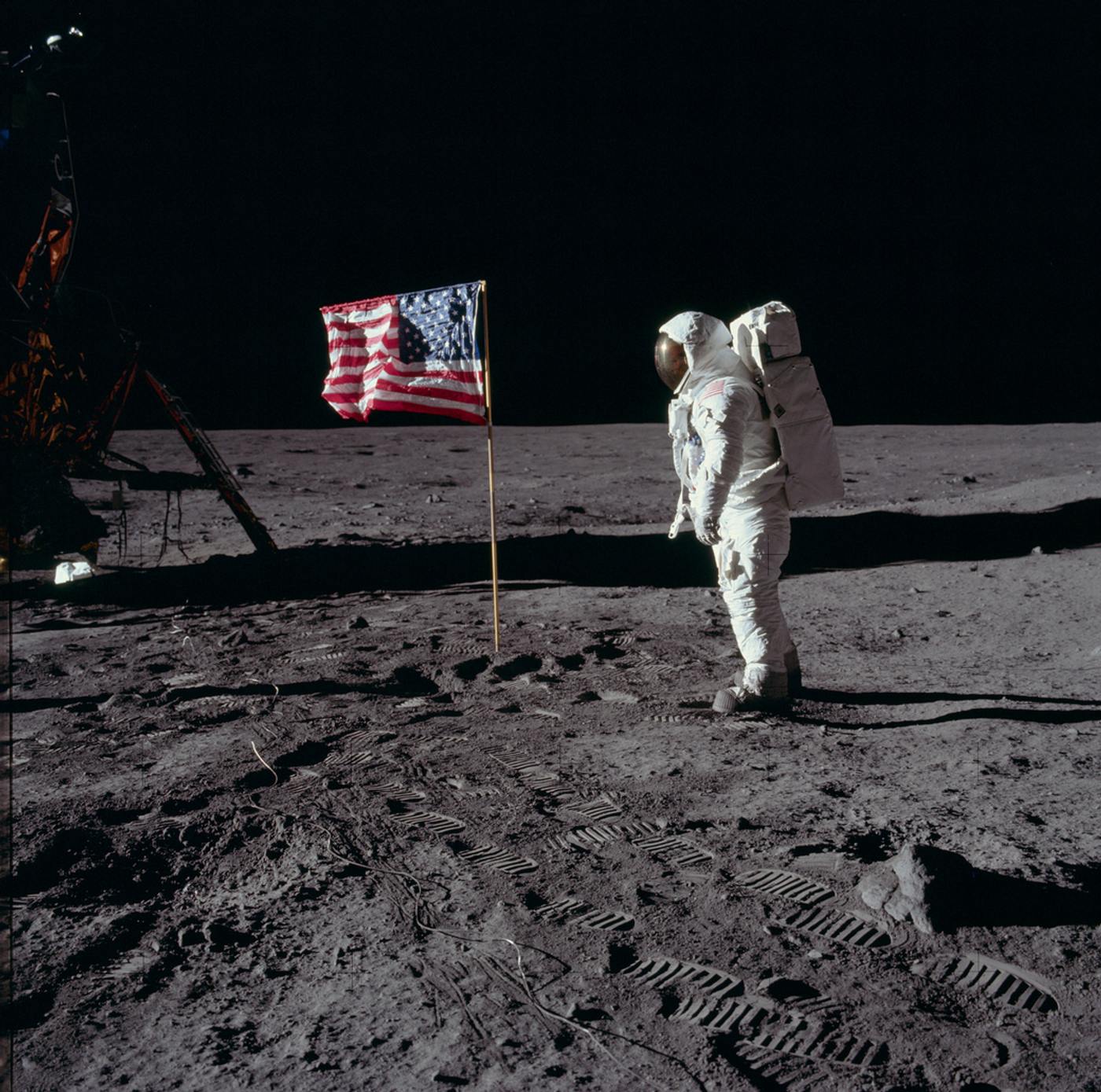
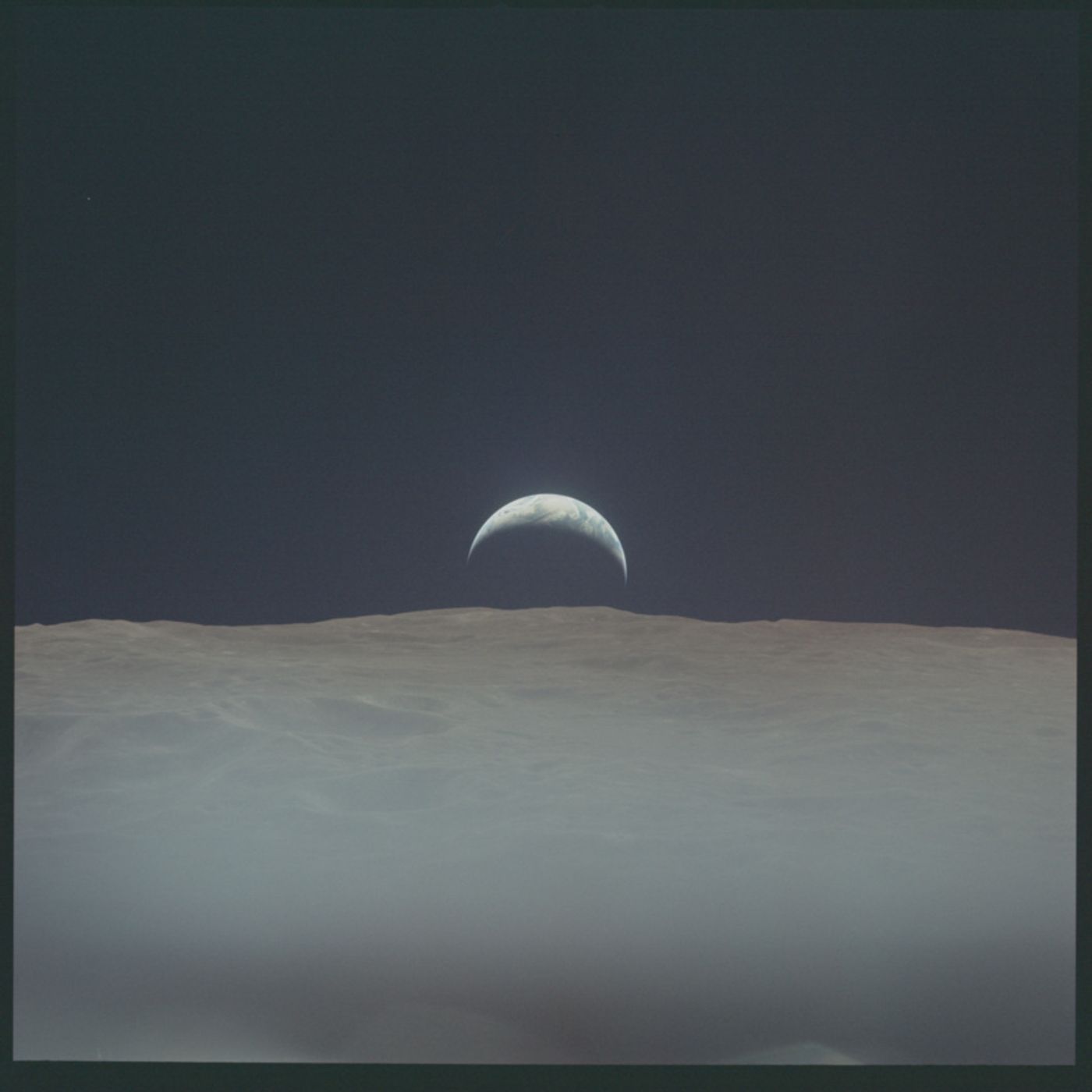
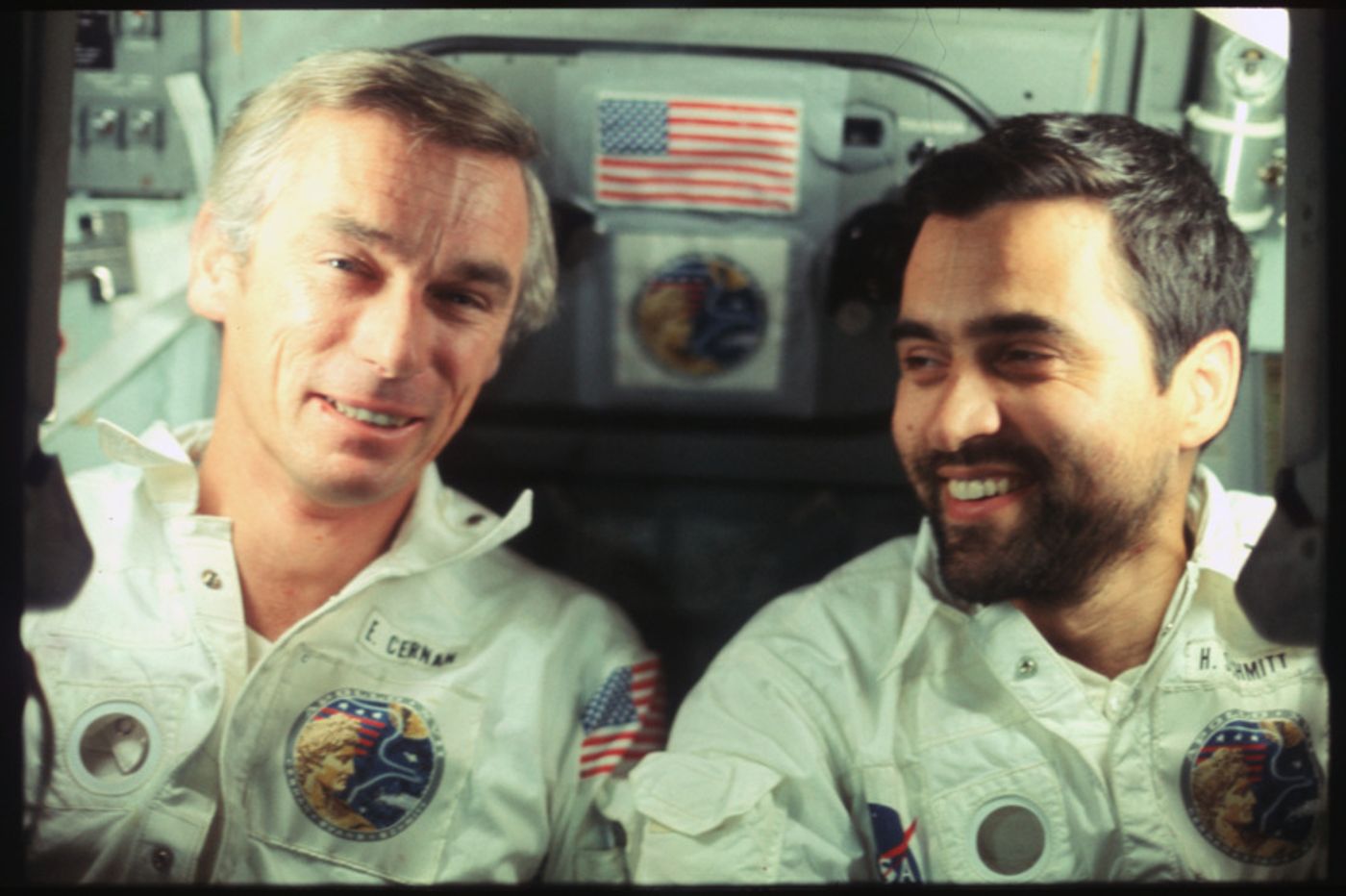
You can look at all of the pictures on Flickr [Direct Link].
It is worth mentioning that all of these photographs are un-edited and scanned in 1800 DPI (dots per inch) quality. They’re probably about the best image quality you could get back in the day and are fresh-scanned from the original media that was taken over 30 years ago.
NASA continues to explore space to this day, but manned missions are expensive and are less prevalent than they were in the past. Nowadays, it’s much more cost efficient for the agency to send a rover or another spacecraft to places where the agency wishes to explore; not only is it safer, but it saves a ton of money because robots don’t need constant supplies of air and food. Instead, they just need a big renewable power source and a remote control.
These historic moments are captured in an online time capsule, and it remains Teague’s hope that the public will enjoy looking at them from the perspective of the astronauts during the days that they broke records for mankind. Teague plans to continue adding more images and time goes by.
Source: Project Apollo Archive (Flickr) via The Planetary Society







